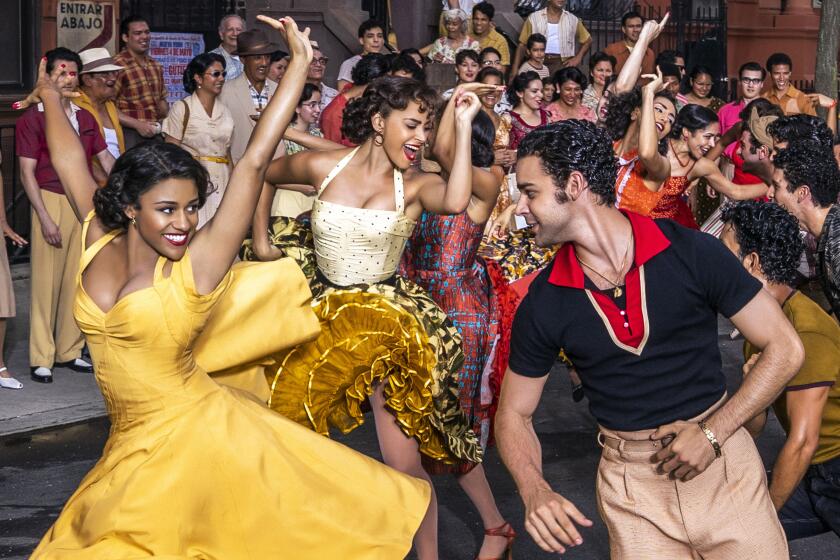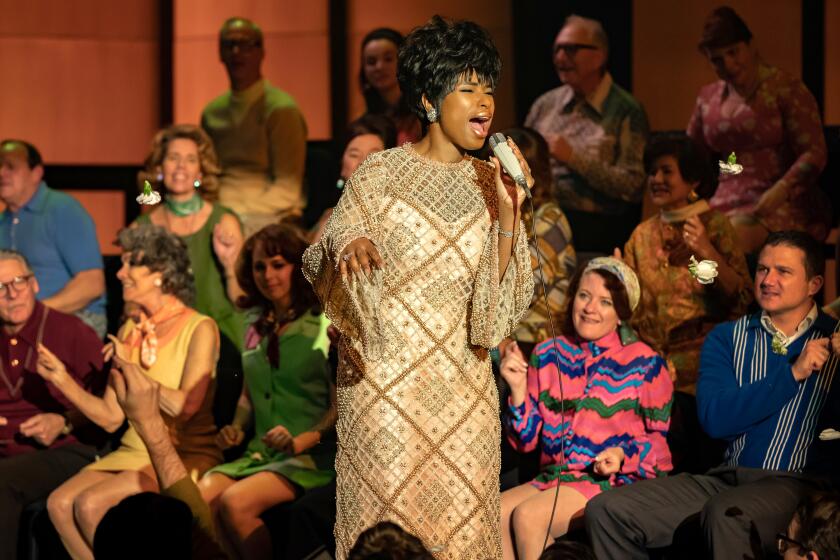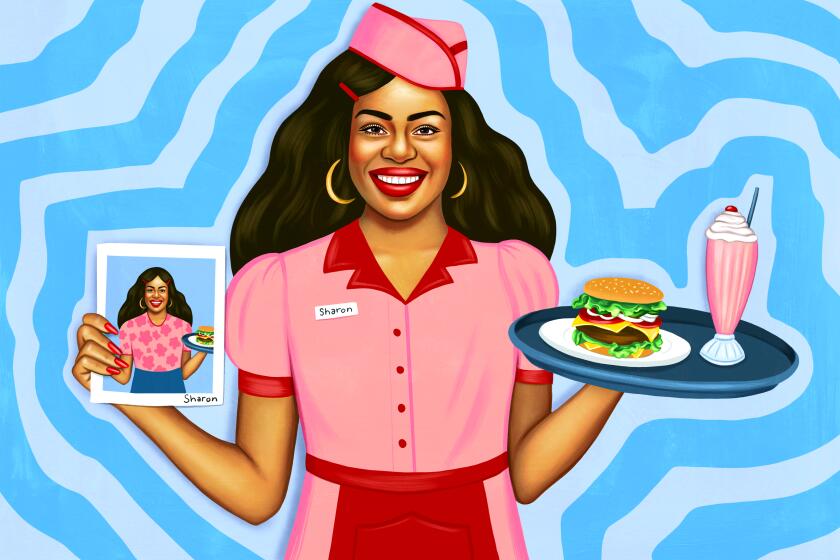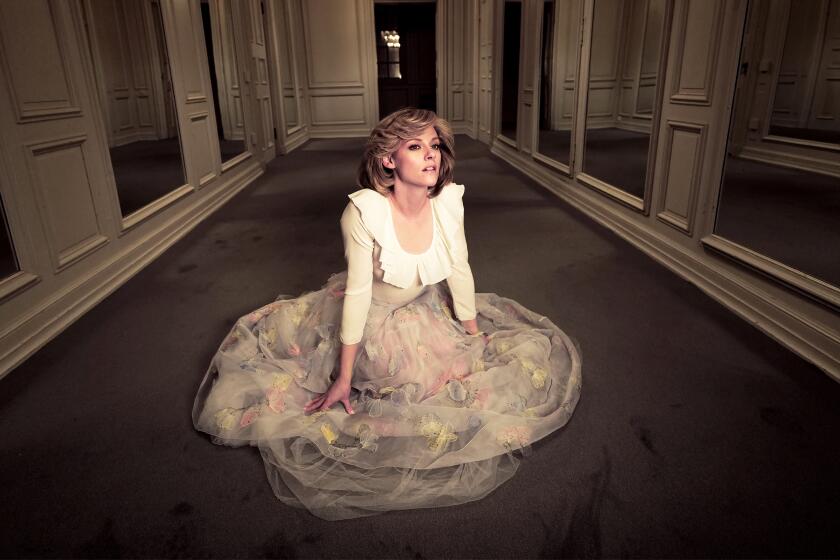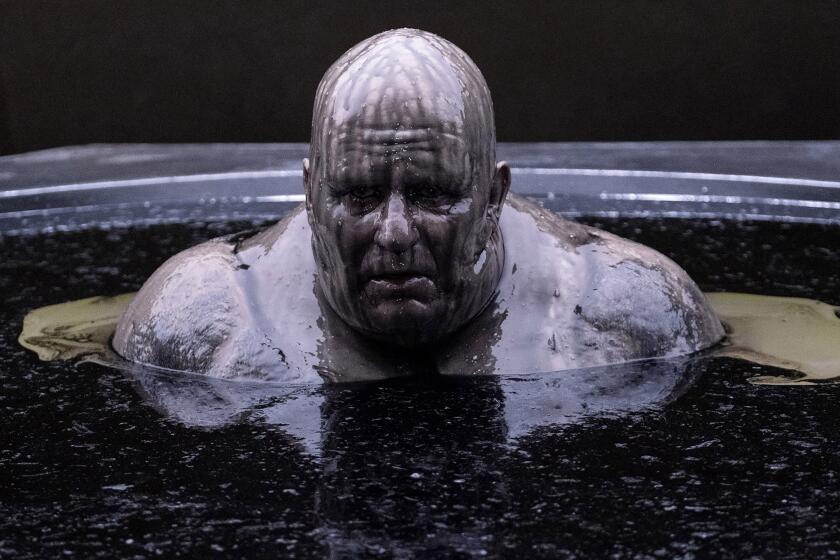Explaining Hollywood: How to get a job as a costume designer
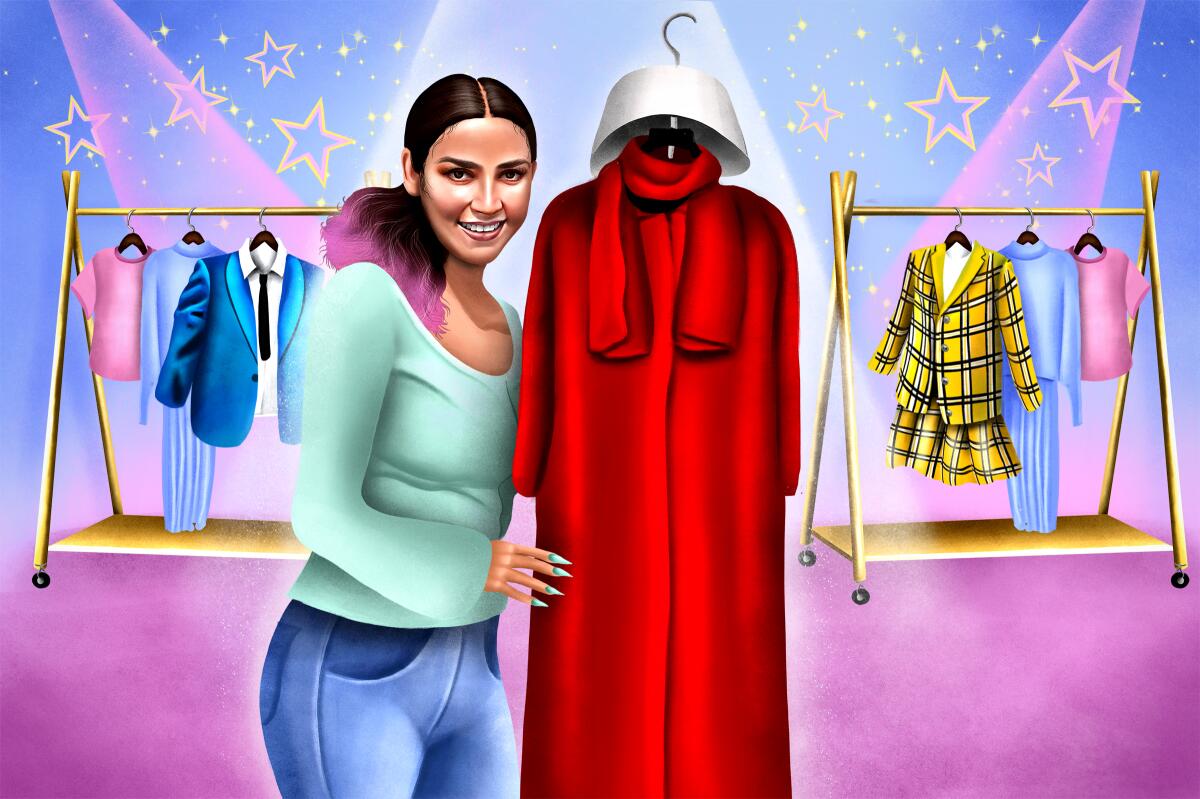
- Share via
Whitney Anne Adams remembers bawling on the set of Baz Luhrmann’s “The Great Gatsby” during the filming of a lavish party scene in Gatsby’s 1920s New York mansion.
Adams, a costume design assistant at the time, had been working such long hours that she slept in the office some nights. Her team spent months making hundreds of costumes, and it was the first time she saw them all together.
“The music track that we used temporarily for the right tempo was ‘Party Rock Anthem,’” she said, referring to a manic electronic dance track by LMFAO. “So here I was, crying to ‘Party Rock Anthem,’ and that was definitely the moment where I was like, ‘This is what I want to do for the rest of my life.’”

There can certainly be glamorous moments working in costume design. Salvador Perez, known for his work on “The Mindy Project,” recently spent his birthday dressing Bette Midler for “Hocus Pocus 2.” “Bette Midler is why I’m a costume designer,” he said.
But the work itself is not glamorous. It’s a lot of physical labor. People in the wardrobe department are often on their feet all day, whether they’re transporting bags, steaming clothes or running from fitting to fitting. They’re dealing with soiled clothing.
“It’s dirty, it’s sweaty, you’re touching things that are not fun to touch,” said Janelle Carothers, costume designer of the TV show “All Rise.”
“A lot of people think costumes are smoke and mirrors, and clothes just appear,” Adams said. “A lot of folks just don’t know how truly difficult it is to make every single costume happen.”
We asked costume designers Adams (“India Sweets and Spices” and “Paranormal Activity: Next of Kin”), Perez, Carothers, Natalie Bronfman (“The Handmaid’s Tale”), Susanna Song (“Minari”) and Mona May (“Clueless,” “Mixed Tape”) for their advice on how to break into the industry — and the work it takes for the clothes to appear effortless by the time the garments appear on-screen.
Who becomes a costume designer?
An interest in costume design often starts with an interest in fashion. But one main difference is that in the fashion industry, the clothing is the star, whereas in costume design, the clothing is there to enhance a story, not distract from it.
Costumes help form the audience’s first impression of a character, even before any dialogue is spoken. Costume designers, who serve as the head of a production’s wardrobe department, start by breaking down the script and working with directors, producers, actors and the rest of the crew to figure out how to visually express the characters. This involves taking into consideration the time period, location, personalities, mood and more.
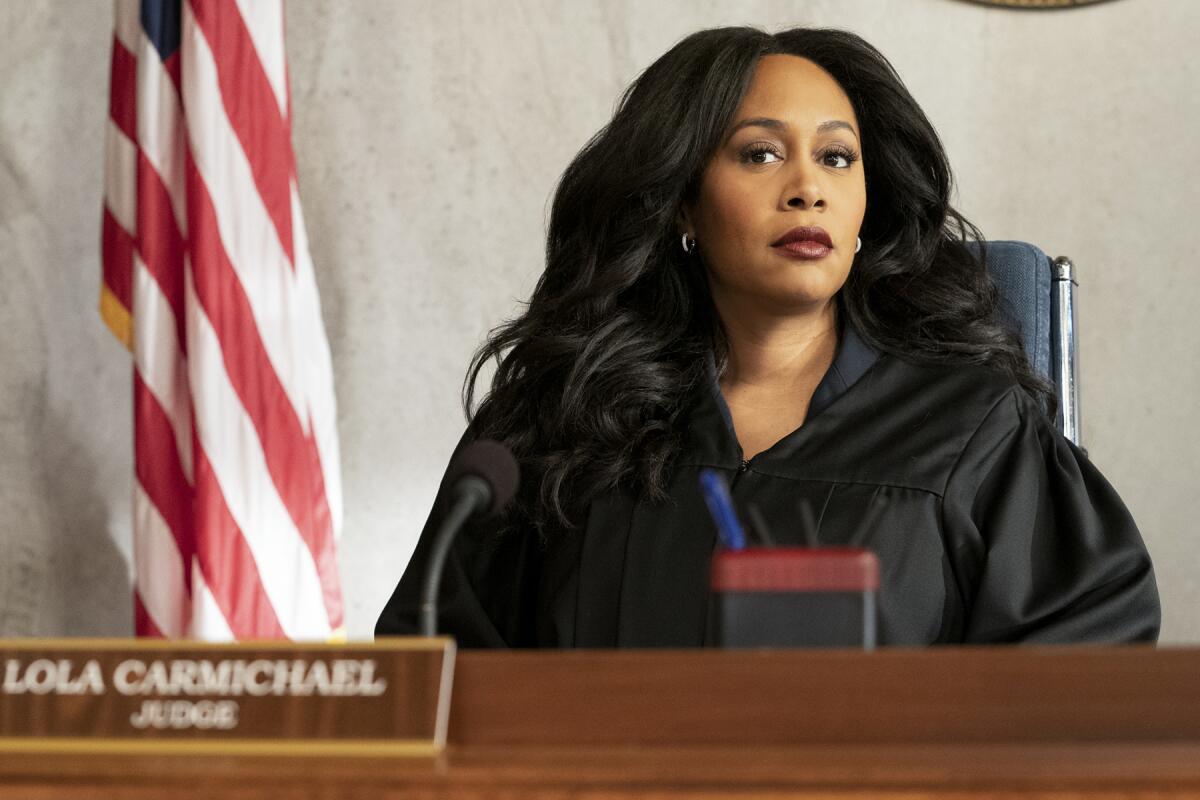
“You have to wear so many hats,” said Adams. “You’re not only a designer, but you’re a psychologist, you’re a historian, you’re a researcher.… And then you have to really dig into it with a lot of details and hold all that in your brain at once. So it’s not just having a good eye and a good design sense.”
Hollywood costume designers need to be very meticulous. “There’s close-ups in movies, so you can see the intricate embroidery and beading, but they’re also getting these wide group shots,” she said. “So you’re both seeing the tiny details and the big picture all at once.”
It also helps if you like spreadsheets, because there’s a lot to keep track of. Costume designers may be dressing not only the principal cast but also the guest stars and background characters. Because scenes are often shot out of order, designers need to plan accordingly. If a scene takes several days to film, the outfit has to be managed so it can appear the same way for continuity. Costume designers also need to remember whether an actor likes a particular undergarment or pantyhose, and if any prefers armpit shields. They might have to make sure the stunt doubles’ costumes are exactly the same as the corresponding actors’, except for being one size larger to accommodate the padding and with gussets sewn in so that their pants don’t rip mid-kick.
Costume designer Paul Tazewell chose distinct color palettes to help audiences track the opposing groups whether they were dancing in the school gym or fighting in the street.
“If everybody’s doing their job correctly and holding their weight, it’s a bunch of crossing T’s and dotting I’s,” said Carothers. “There’s a lot of moving pieces and a lot of big, expensive balls that can be dropped.… It’s best if you can apply the same kind of meticulous details that you do in the design work to the operational part of it as well.”
And it helps to be a quick problem solver. “Can you McGuyver under pressure?” said Carothers. “I love that you might know what Prada’s latest season looks like, but if we’re rolling, can you take a piece of bubblegum and fix a hem if you only have 10 seconds to do it?”
May remembered one time when her team realized it was missing a priest costume. “There’s so many crises,” she said. “We ended up using a tablecloth, kind of cutting a hole in the head, draping it and making some kind of a shawl.”
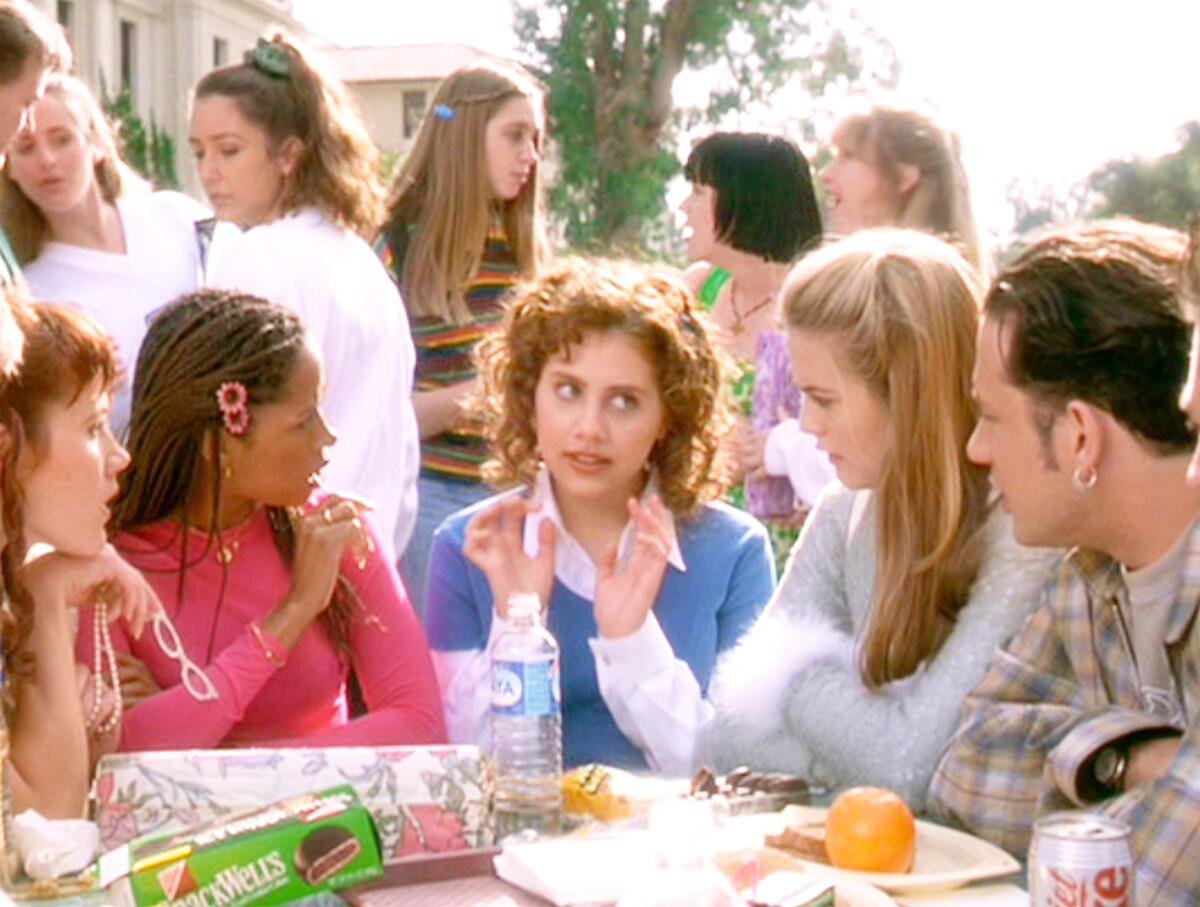
How do you get started?
On the surface, Adams’ story of how she became a costume designer sounds like a fairy tale. When she was in college, she won a costume design contest for Luhrmann’s 2008 film “Australia.” She ended up having tea with the director and his wife and frequent collaborator, costume designer Catherine Martin, who hired Adams as an assistant on “The Great Gatsby” years later.
But a lot happened in between. She gained experience working as a tailor at a Broadway costume shop. She sewed costumes for more than 30 Broadway shows, did stitching and tailoring for Beyoncé’s 2009 I Am … World tour and designed costumes for several off-off-Broadway shows. When the late Eiko Ishioka was designing costumes for the “Spider-Man” Broadway musical, Adams was her personal tailor, creating white TV covers and seat cushions for Ishioka’s all-white apartment. This was all before she got her first assistant job in film.
Many costume designers start out as production assistants in the costume department. They mostly run errands. (“We’ve all cut our teeth doing thousands of returns,” said Adams.) PAs aren’t allowed to handle the clothes, but it’s a great place to learn how the industry works, meet people, understand the pressures of the job and figure out the timeline needed to get a costume ready for the camera.
There’s another way into the industry, however, if you have a technical skill, Perez said.

Many fantasy, sci-fi and period projects are “build shows,” Bronfman said; because you can’t purchase any of these costumes, you have to build them.
Bronfman was the costume supervisor for the first two seasons of “A Handmaid’s Tale” and became the costume designer for the third season. Build shows need more craftspeople like tailors and seamstresses, as well as agers and dyers — the artists who take new clothes and make them look like they’ve been worn.
You never want a character to look like he or she is wearing a freshly purchased shirt, Bronfman said. Also, if it’s a show where an actor has one outfit the entire season — for example, in the Netflix sci-fi drama “See,” which she designed — the clothing has to be adjusted for different levels of breakdown. “For example, let’s say [a character] comes back from a war all bloody,” said Bronfman. “So the blood dries, mud is caked off somewhat, it has a different look to it, but then maybe somebody washed his jacket out. So then the blood stains are a little fainter. So these are the different layers of breakdown that help tell a story.”
“Everybody wants to go to school to be a costume designer,” said Perez. “Very few want to go to school to be an ager/dyer, a cutter/fitter or a seamstress …. We’re not teaching enough of the crafts, [which are] a good way to break into the business.”
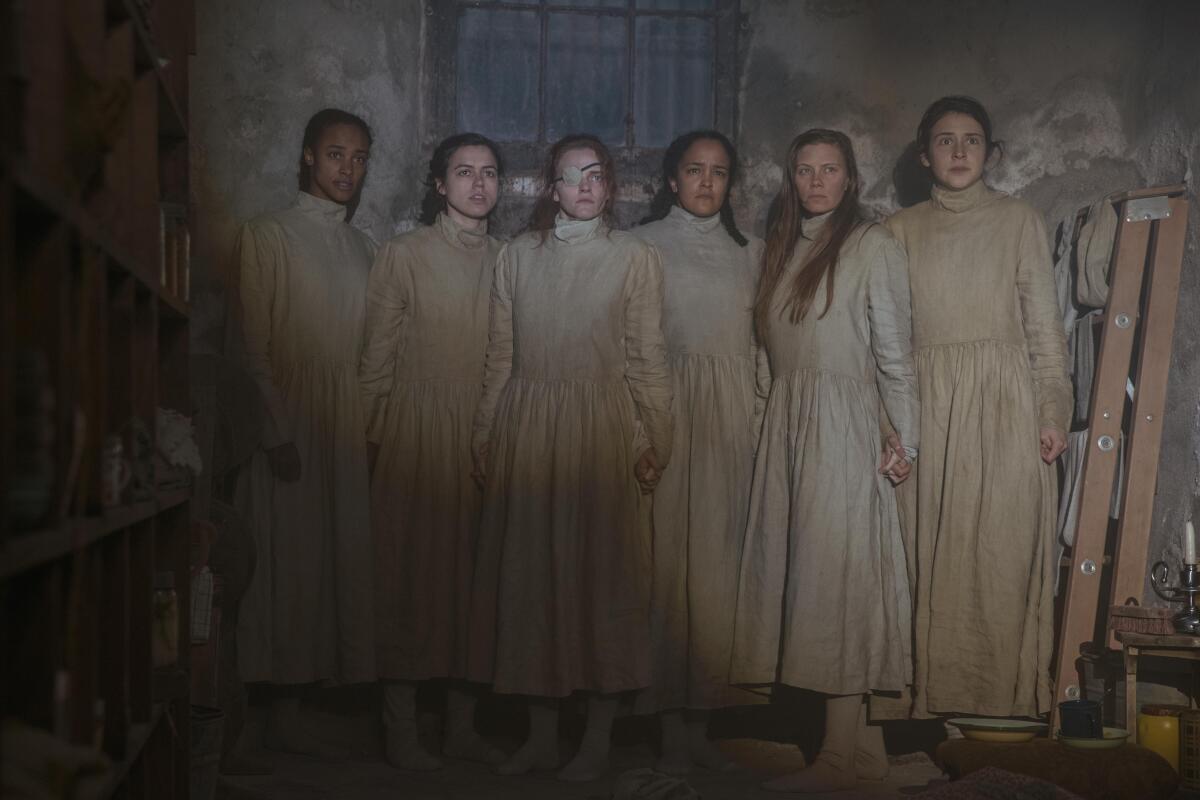
What are the career paths?
There are many pathways to becoming a costume designer, but two common ones are the set route and the office route.
The people who work on a film or TV set are called costumers. There’s a key costumer, who supervises the wardrobe department’s on-set duties; a truck costumer who manages the clothes in the trailer; set costumers who make sure that the actors are comfortable and that the costumes are exactly the way the costume designer wants them; and costumers dedicated to the background actors.
The office route refers to the folks who are in charge of operations, which includes buying or building the costumes. Duties vary, but in general, the costume supervisor handles a lot of the logistics, including hiring the crew and managing the budget. Costume coordinators are the planners who handle the receipts and work with the shoppers, who go out to purchase the clothing or fabrics needed after the designer comes up with the plan. There are also tailors, seamstresses, agers, dyers and more craftspeople on the team.
One fun thing for Bronfman about working on “Handmaid’s Tale” was the variety of artisans. “I even had shoemakers,” she said. “When do you have that?”
Costume designer Clint Ramos re-created and reinterpreted the Queen of Soul’s style.
Perez advises spending time as a costumer before becoming a costume designer. “You should understand how clothes work on set,” he said. “And then become an assistant costume designer, so that you’re working with the costume designer and you understand the political aspects.”
It’s also helpful to get experience working on different types of sets. In an indie film, the wardrobe department could be just a handful of people, whereas Bronfman has a team of 57 for “The Handmaid’s Tale.” The biggest wardrobe crew May has ever led consisted of about 100 people for Disney’s “Enchanted.”
Once aspiring designers are ready to lead the costume design, it’s usually easier to start on a smaller project, Adams said. Her first film as a costume designer was the black-and-white horror movie “The Eyes of My Mother,” where she was the one-woman wardrobe department. The movie, which played at the Sundance Film Festival in 2016, spanned from the 1960s to the 1990s, so the costumes were important to signify where the story was in the timeline.
“That was a tough one, but really amazing — and fantastic to get to design my own thing, even though it was super, super small,” she said.
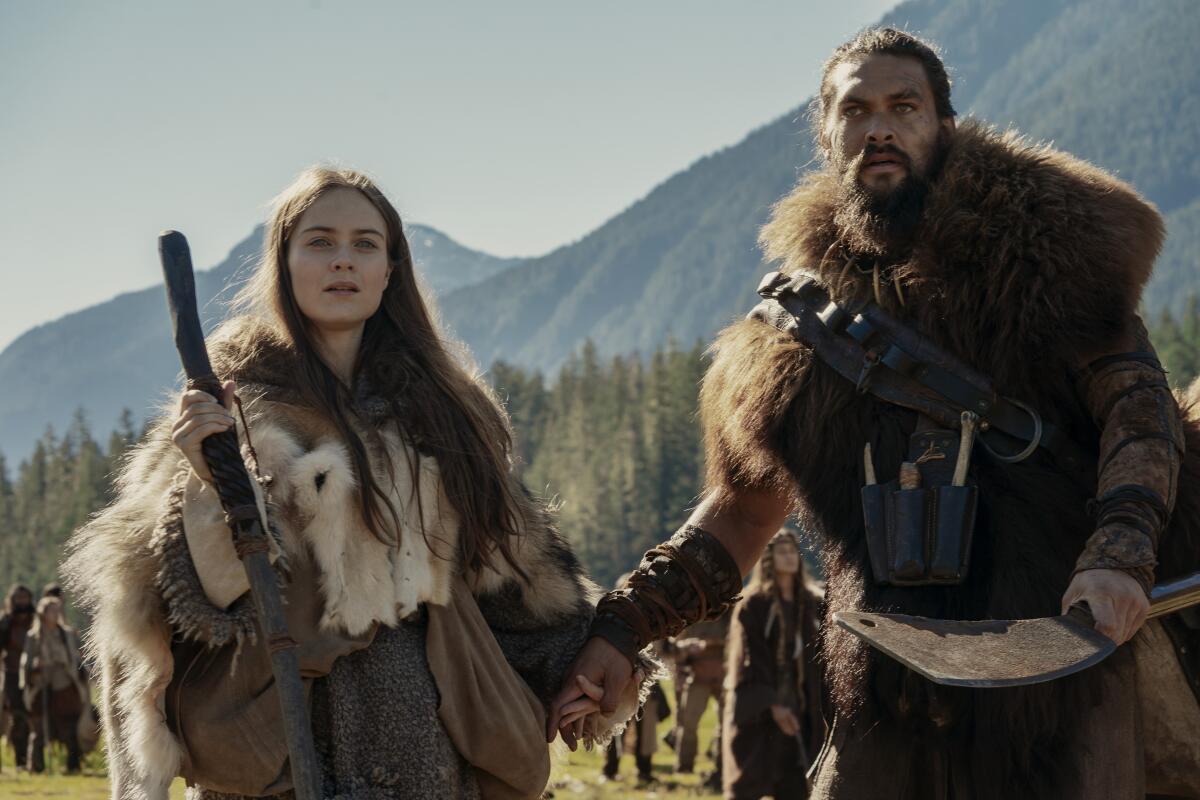
How do you make money? (And what kind of money?)
“Minari” costume designer Song had graduated from Pasadena City College’s fashion program and gotten a production assistant job at a theater when the costume designer there told her bluntly that it would be hard to make money working in these small venues.
Because Song comes from a low-income family, she didn’t have a financial safety net. She needed to figure out how to make money, otherwise she couldn’t continue doing what she loved.
For years, she was a beer buyer and sake specialist at Whole Foods, which gave her health insurance and a schedule flexible enough that she could take time off when she got jobs on films or TV shows.
The goal is to get into the union, designers said, because its members get paid at higher rates and receive health insurance and a pension. Costume designers are part of the International Alliance of Theatrical and Stage Employees. Within the union, there are two costume guilds: Local 892, the Costume Designers Guild, which includes costume designers, assistant costume designers and illustrators, and Local 705, Motion Picture Costumers, which includes the folks who are on set, as well as anyone who builds costumes or maintains the clothes.
For many people who pursue entertainment as a career, it takes years to get yourself to where you are making money from your creative work. For making money in the meantime, there’s always waiting tables. But more and more people are turning to platforms like TikTok, Twitch and Patreon.
Another reason Perez recommends newcomers enter the industry through a craft, as opposed to a wardrobe PA gig, is the pay difference.
As a production assistant, you’re likely making minimum wage on a 10- to 12-hour day with no benefits, he said. (Production assistants are not part of the union.) An entry level costumer in the union, however, will make between $30 and $45 an hour. And costumers often work 60 to 70 hours a week, so there’s a lot of overtime.
“You’re gonna make four times the money as a stitcher than you would have made as a PA, and you’re still making connections and meeting the same people,” he said.
Some other quick breakdowns, according to Perez:
- A supervisor can make between $40 and $60 an hour.
- Costume illustrators start at about $42 an hour and can get up to $90 an hour. Computer illustrators charge higher fees.
- The minimum for assistant costume designers is $2,502.65 a week.
- The minimum for costume designers is about $3,234.06 a week for film and $3,040.67 a week for TV. Perez said he knows plenty of costume designers who make $6,000 to $8,000 a week.
But overall, costume designers usually get paid less than other heads of departments, and the guild is advocating for equal pay.
“It’s because it’s seen as ‘a woman’s work,’” said May. “Despite how important it is to the screen, costume designers have been overlooked in a sense. We’ve always been paid less.”
The Dude’s bathrobe from “The Big Lebowski.” The space shuttle from “2001.” The infamous Best Picture Oscars card for “Moonlight.” Insiders reveal their faves.
How is this career different than it was 10 or 25 years ago?
Instagram has become a powerful tool for aspiring costume designers to showcase their creative personas online. May said that when she hires people, she definitely looks at their social media. Perez encourages costume designers to build a brand, because then they can leverage their name recognition for higher pay.
Schools are offering more relevant instruction today as well. There were design programs for fashion 20 years ago, May said, but fewer of them catered specifically to costume design for film and television. Now, many of the top film and fashion schools include costume design programs.
“We didn’t want any costume to say a particular time or place or moment, because all the Diana fans would know its historical place card,” says costume designer Jacqueline Durran.
What advice do pros always hear that is wrong?
While it’s good to be proactive, Bronfman thinks one of the biggest mistakes she sees young people make is jumping into a job they aren’t ready for.
“They take the job and fail spectacularly at it,” she said. “You have to be good, because people talk, and it’s going to be hard to get hired the next time — if you can even keep that job. Because with the pressure being so great, if you are not good, you’re replaced immediately.”
Carothers was 21 when she took a job she wasn’t quite qualified for, and she said she kept getting fired but kept coming back. In hindsight, she thinks the only reason she got away with it was because the person who hired her was also inexperienced — and eventually got fired. Her boss was replaced by designer Karen Perry, who took Carothers under her wing.
“I’m just breaking all of the political rules, I’m all out of my lane, I’m talking out of turn, I’m giving my opinion when I was not asked,” said Carothers, “And finally, Karen took me out of the fitting and was like, ‘There’s something about you that I like, but if you don’t shut up and just learn.…’ And so I shut up. And I learned.”

What’s some good advice?
Be confident that your unique background is an asset
For “Never Have I Ever,” Perez hired a young graduate of L.A.’s Fashion Institute of Design and Manufacturing, Ammaarah Jalal, as a costumes production assistant. Even though he has been shopping in Artesia for decades, browsing through the boutiques with an Indian American designer was an entirely different experience, he said.
“It’s great to have somebody of that culture help you,” he said. “Yes, you can read all the books you want. But she was somebody who could be like, ‘Well, this is what my auntie would wear. This is what my mother would wear.’”
For “Minari,” Song did a lot of research on how South Korean immigrants dressed in the U.S. in the 1980s, but she could also draw on her instincts and family history. She understood that a low-income Korean family would still want to dress well and that the kids’ clothing would be more Americanized. She pushed for a light blue polyester blouse with a polka-dot skirt for the immigrant mother character Monica because it reminded her of an outfit her mom kept in her dresser for a long time. “I remember as a little kid, yanking on that skirt,” she said.
“That’s why you need to bring new blood into the industry,” Perez said. “You learn from them.”
Tell everyone you know that you want to be a costume designer
“Talk about it all the time so people know it’s your career goal,” said Perez. “You never know who’s at a party, who’s at a store.”
When he was working in retail, a costume designer came in with her assistant, and Perez overheard her talking about how they needed help with sewing. When they came to pay, he mentioned he overheard their conversation and that he could sew.
“I worked for her for two years ... because I had the gumption to be like, ‘Hey, I heard you need somebody,’” he said. “Speak up. Don’t harass people, but speak up.”
Denis Villeneuve’s big sci-fi epic should do well in the below-the-line craft categories at this year’s Oscars.
Be humble
“Don’t let your ego get in the way of a job that you could get,” said Song. After working on commercials and a small feature film, she got a costume designer job on a big-budget film that allowed her to travel to Russia, Romania and Greece. And while that was a glamorous job, when she came back, she didn’t have another gig lined up.
She had an opportunity to be a production assistant for a day on a Universal project to cover for someone, and there was a part of her that didn’t want to go back to assisting. But she had a good feeling about the job, it felt like a good fit, so she took it and ended up making some important relationships there.
“In a way, I had to take two to three steps back in order to take a big step forward in my career,” she said.
Send the L.A. Times your questions about breaking into and working in the entertainment industry.
More to Read
Inside the business of entertainment
The Wide Shot brings you news, analysis and insights on everything from streaming wars to production — and what it all means for the future.
You may occasionally receive promotional content from the Los Angeles Times.
